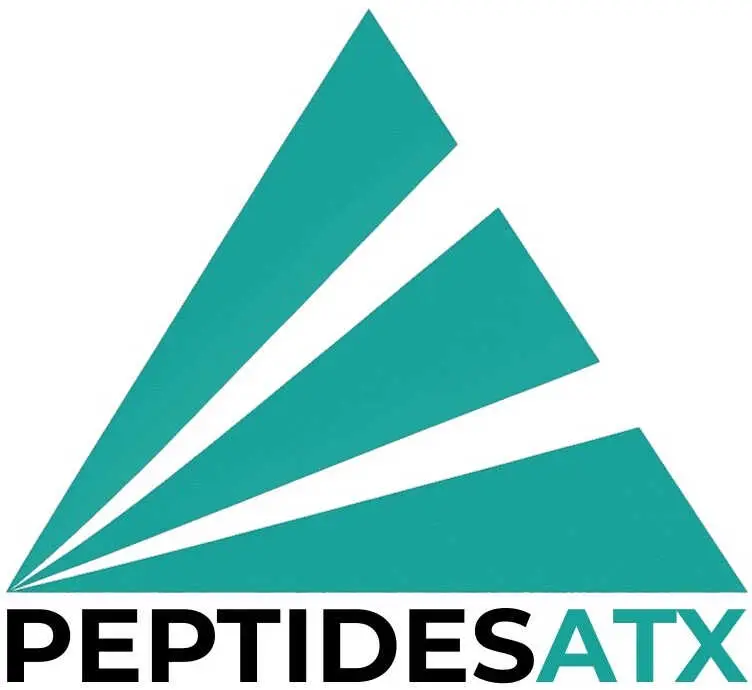Description
IGF-1 LR3 (Insulin-Like Growth Factor-1 Long Arginine 3) is a synthetic analog of IGF-1, engineered to have a significantly extended half-life in research models. This modification reduces its affinity for IGF-binding proteins, allowing it to remain biologically active for a longer duration compared to native IGF-1.
In preclinical studies, IGF-1 LR3 has been explored for its ability to support cell growth, tissue regeneration, and protein synthesis. Research has also investigated its effects on fat metabolism, muscle recovery, and hypertrophic activity, potentially linked to its influence on myostatin pathways. Additional studies in animal models have examined its role in developmental physiology, including nutrient signaling and tissue growth in early life stages.
IGF-1 LR3 is provided for laboratory research use only and is not intended for human or veterinary use.
Description
What is IGF-1 LR3?
IGF-1 LR3 (Insulin-Like Growth Factor-1 Long Arginine 3) is a synthetic variant of IGF-1 designed for increased stability and extended biological activity in research settings. Like other IGF-1 analogs, it has been studied for its role in cell signaling, growth, and division.
What sets IGF-1 LR3 apart is its reduced binding affinity to IGF-binding proteins, which allows it to remain active in circulation for a significantly longer duration—up to 120 times longer than native IGF-1 in experimental models.
This prolonged half-life is the result of two key structural modifications: the addition of 13 amino acids to the N-terminus and a substitution of arginine at position 3, replacing the original glutamic acid residue.
IGF-1 LR3 is intended strictly for laboratory research use only and is not for human or veterinary use.
IGF-1 LR3 Research
Fat Metabolism and Glucose Regulation (Preclinical Research)
In laboratory studies, IGF-1 LR3 has been examined for its ability to influence glucose uptake and energy metabolism. Due to its interaction with both IGF-1 receptors and insulin receptors, IGF-1 LR3 has been shown to promote glucose absorption by muscle, liver, and nerve cells in experimental models. This activity may contribute to reduced circulating glucose levels, which can trigger metabolic pathways involved in lipid breakdown and glycogen utilization.
These metabolic shifts have been associated with a net increase in energy expenditure and a potential decrease in adipose tissue accumulation in preclinical research settings. Some studies have also reported changes in insulin sensitivity and reductions in insulin requirements, suggesting a possible role for IGF-1 LR3 in the study of glucose regulation and metabolic disorders.
This compound is for laboratory research use only and is not intended for human or veterinary use.
Cell Growth and Proliferation (Preclinical Research)
IGF-1 LR3 has been studied for its ability to stimulate cell division and proliferation, particularly in connective tissues such as muscle and bone. Like native IGF-1, it has also demonstrated activity in other tissue types, including liver, kidney, nerve, skin, lung, and blood cells, in laboratory models.
In addition to supporting proliferation, IGF-1 LR3 has been examined for its influence on cellular differentiation—the process by which cells mature into specialized forms capable of carrying out specific biological functions. For this reason, IGF-1 and its analogs are often associated with developmental and regenerative research.
Unlike native IGF-1, IGF-1 LR3 remains active in circulation significantly longer, allowing for extended receptor interaction. This extended half-life may result in greater overall biological activity. Research models have shown that IGF-1 LR3 promotes hyperplasia (increased cell number), rather than hypertrophy (increased cell size). In the context of skeletal muscle, this means an increase in the number of muscle cells, rather than the enlargement of existing ones.
IGF-1 LR3 is intended for research use only and is not approved for human or veterinary use.
Myostatin Interaction (Preclinical Research)
Myostatin, also known as growth differentiation factor 8 (GDF-8), is a regulatory protein that plays a key role in limiting muscle growth and differentiation. While its function is essential for maintaining balanced tissue development and repair, excessive myostatin activity has been associated with muscle-wasting conditions and disuse-related atrophy.
In preclinical studies, IGF-1 LR3 and other IGF-1 analogs have been evaluated for their potential to counteract myostatin signaling. Research using animal models, including those of Duchenne muscular dystrophy (DMD), has suggested that IGF-1 LR3 may help protect muscle cells by reducing apoptosis and supporting muscle maintenance under degenerative conditions.
These effects may be linked to the activation of MyoD, a key muscle-regulatory protein involved in muscle fiber growth and repair. MyoD is typically upregulated in response to physical stress or tissue damage and is associated with pathways that drive muscle regeneration. IGF-1 LR3’s extended half-life makes it a promising subject in ongoing studies related to muscle preservation and recovery.
This compound is intended strictly for laboratory research use only and is not for human or veterinary consumption.
IGF-1 LR3 and Longevity (Preclinical Research)
In laboratory studies, IGF-1 LR3 has been investigated for its role in supporting tissue repair, cellular maintenance, and overall regenerative function. Due to these properties, researchers are exploring its potential relevance in studies focused on age-related decline and cellular stress response.
Animal research, including studies involving livestock and rodent models, has suggested that IGF-1 LR3 may help mitigate some of the physiological markers associated with cellular aging. Ongoing preclinical investigations are examining its impact on various age-related pathways, including those involved in muscle wasting, neurological health, and kidney function.
IGF-1 LR3 is provided for laboratory research use only and is not intended for human or veterinary use.





Reviews
There are no reviews yet.